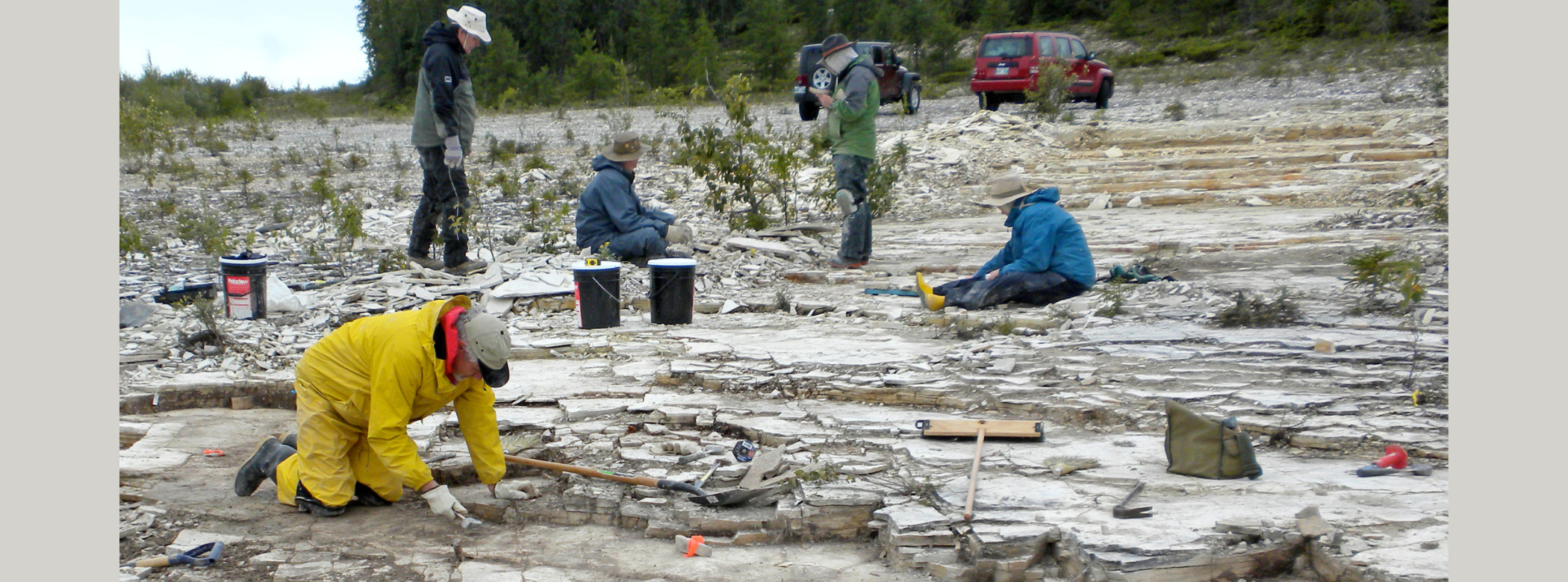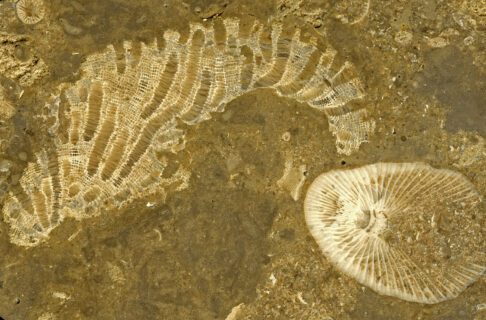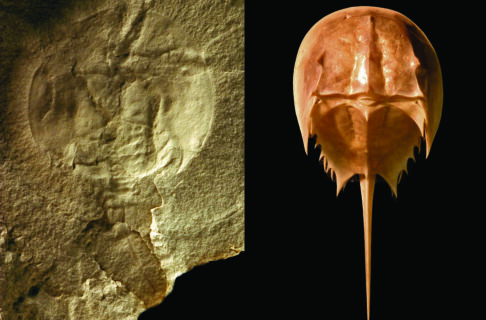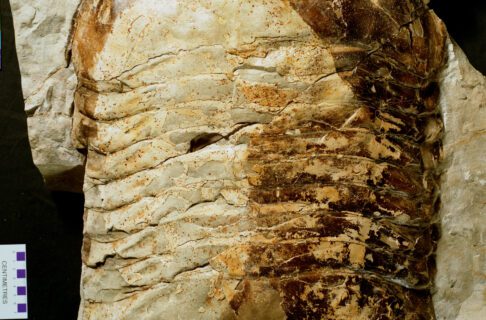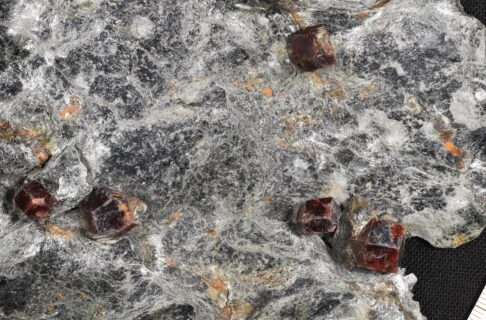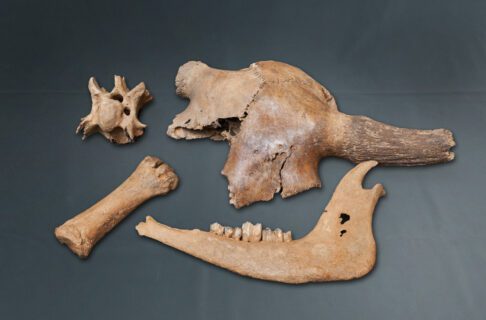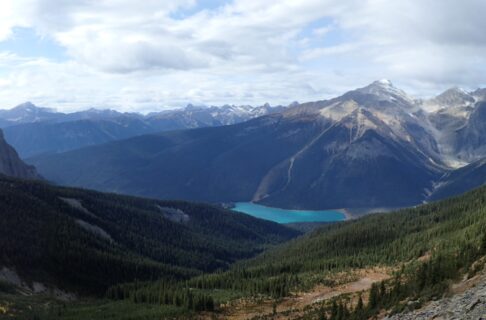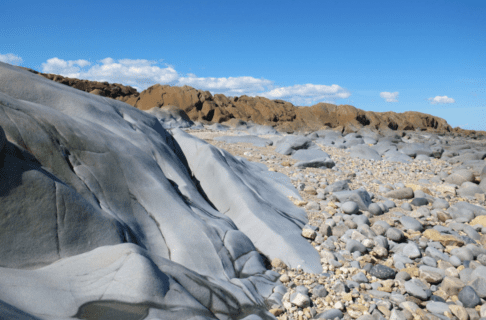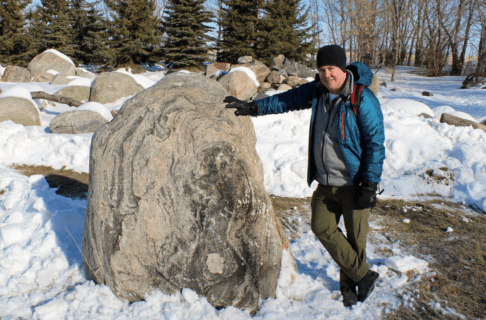The Manitoba Museum has long been a centre for collections and knowledge related to the Earth and the history of life. Manitoba contains an immense variety of minerals, rocks, and fossils. Geology is responsible for much of the province’s wealth, and our health depends on the geological environment. Palaeontology and Geology at the Museum collects, documents, studies, and interprets geological diversity, helping us to understand the place in which we live.
We care for thousands of specimens. Some of these have been in Winnipeg museums for a century, and our collection of published type fossils dates back to the 1930s. Significant collections include Manitoba minerals, fossils from the Ordovician Period (445-450 million years old), marine fossils from the Cretaceous Period (70-100 million years old), and ice-age mammals. We also have minerals and fossils of almost every age, from all over the world; these are used for exhibits and comparative studies.
Palaeontological research at the Manitoba Museum is focused on life from shorelines and shallow seas during the Ordovician and Silurian periods (435-450 million years old). Some of the most significant fossils from that time are found in Manitoba. These include corals and sponges that can be seen in Tyndall Stone in Winnipeg buildings, and rare soft-bodied fossils that we are studying from Churchill and elsewhere. Our significant discoveries in the past 20 years include the world’s largest trilobite and one of the oldest horseshoe crabs. We are currently studying new fossils, including superb fossil jellyfish and unusual arthropods (joint-legged animals).




